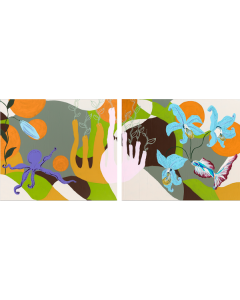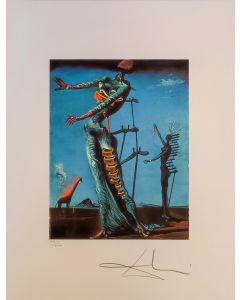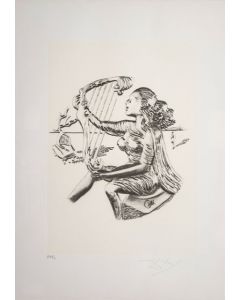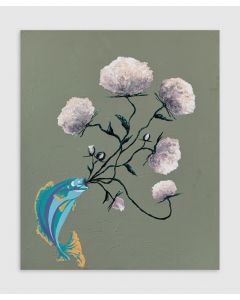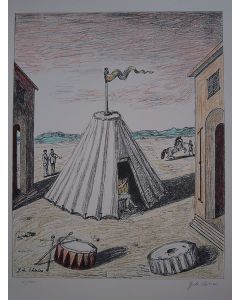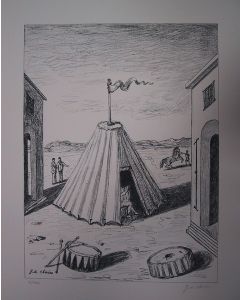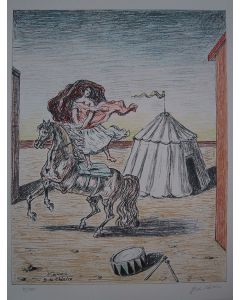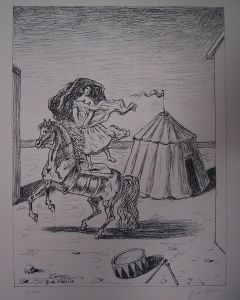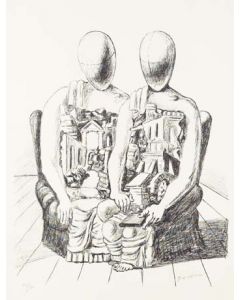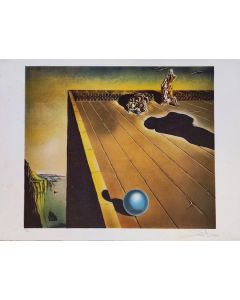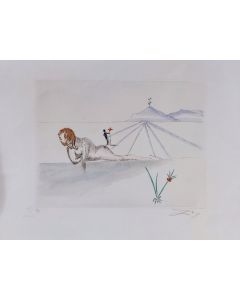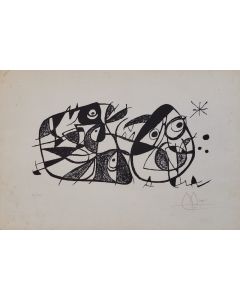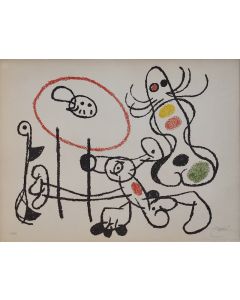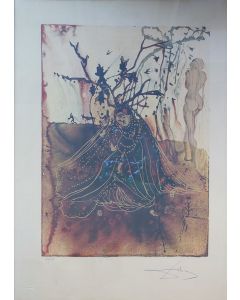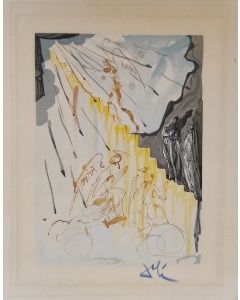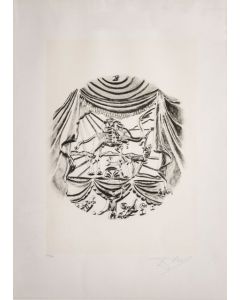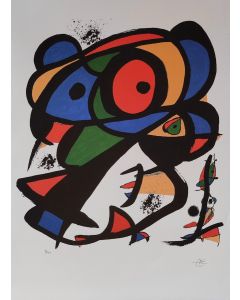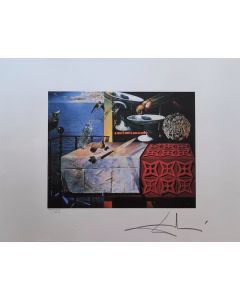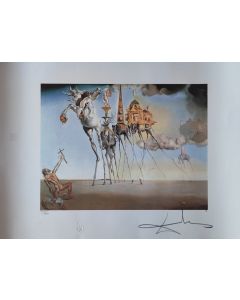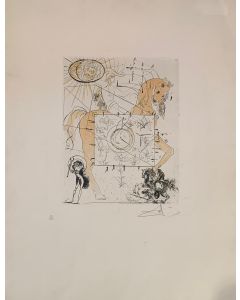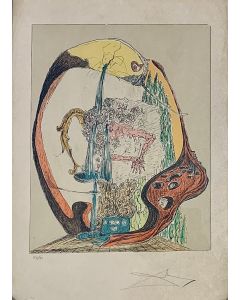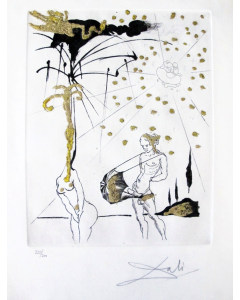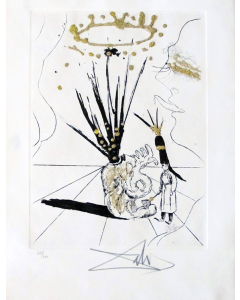Surrealism
Surrealism borns during the twenties as an evolution of dadaism, and its most important exponent is Salvador Dalì. This current takes into account literature and cinema too, and it is based on the idea of a superior reality (this is the reason why it is called sur-realism) dominated by irrationality, dreams, unconscious, and psyche. Surrealism is based on Sigmound Freud's theorems, that inspired several Dali's artworks, for example “The Enigma of the desire” (an art transposition of the Oedipus complex).
This current is very recognizable, and we find the same characteristics in all its exponents (besides Dalì, there are Giorgio De Chirico, Joan Mirò, Renè Magritte), even if each one of them created a particular and remarkable way of painting. Figures without faces - typical for Magritte and De Chirico's art - stay together with deformed animals in frozen spaces, where dimensionality and time don't exist.
At the first sight we can recognized dreamlike settings, over the reality and full of symbolism. This is a kind of psychologic art, more than aesthetic one, which has been very successful, because it brings us closer to our deeper and inmost parts of ourselves, thanks to unreal and unattainable places.

